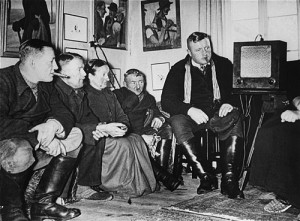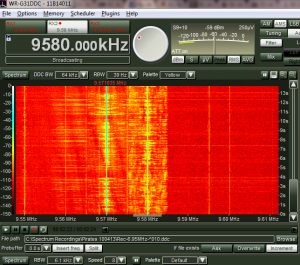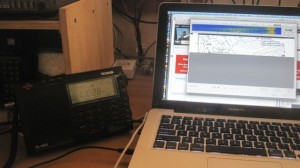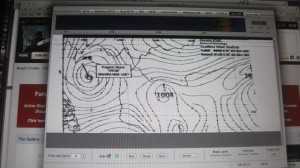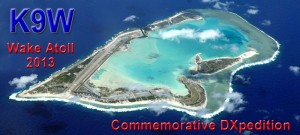 I’ve been somewhat amazed at the number of ways the US government shutdown has had an impact upon radio.
I’ve been somewhat amazed at the number of ways the US government shutdown has had an impact upon radio.
Many ham radio operators are aware of the upcoming Wake Island DXpedition commemorating the 70th anniversary of the World War II massacre; everything had been arranged in advance, including payment for the flight to Wake Island. But as the last leg of the operators’ trip to Wake Island relies upon a coordinated venture with the US Air Force, just as many USAF employees suddenly find themselves on furlough, the trip has been placed on hold until the shutdown ends. This is particularly unfortunate in that DXpeditions are pricey ventures; the total cost of the Wake Island DXpedition cost each radio operator $9,000 out-of-pocket, for a grand total of $140,000 US.
I received the following message from the DXpedition on Wednesday:
To All:
Those of us on the Wake Atoll DXpedition team were scheduled to depart today for Hawaii, on our way to Wake Island Friday.
However, because of the U.S. Government shutdown yesterday, the DXpedition has been delayed. The USAF is preoccupied with sequestration activities and many staff personnel have been furloughed.
We are hoping this is a short-term delay, as we continue to pursue the approval process. As soon as a revised schedule is finalized, new dates will be posted on the Wake DXpedition website.
http://wake2013.org/
In the meantime, thanks to all for your continued support.
73,
John Miller, K6MM
Yesterday, the DXpedition actually caught the attention of the Reuters news service:
(Source: Reuters)
For anyone questioning the reach of the federal government shutdown, consider Wake Island.
Not much more than military-plane refueling and classified operations occur on the unincorporated U.S. territory, a coral atoll located between Hawaii and Guam, about 6,700 miles (10,780 kilometers) from the legislative standoff in Washington.
That was about to change this week with the arrival of a dozen ham-radio operators who thought they’d won approval for a two-week commemoration of the 70th anniversary of the World War II massacre of almost 100 U.S. civilian contractors on Wake Island by the Japanese on Oct. 7, 1943.
Instead, after months of preparation, the trip is on ice because of a paperwork delay the group attributes to the partial federal shutdown, which started Oct. 1 as Republicans and Democrats failed to agree on a stopgap spending measure.
“They made it sound like it was just unfortunate timing,” said Craig Thompson, 61, one of the expedition’s leaders. “At the level that it was at, they were focused on what they had to do to shut down government, to prepare their budgets and deal with all of the other changes that were going on.”
The operation was of special interest to tens of thousands of ham operators inside and outside the U.S. The hobbyists collect contacts with all countries and islands in a practice known as DXing. Because Wake Island hasn’t had a major radio expedition since 1998, there’s great demand for its confirmation of a contact there.
All the paperwork was in place, except for final travel orders that needed one last Pentagon signature, said Thompson, an electronics company owner from central Illinois who is a veteran of radio expeditions to other remote locales, including Midway Island and Swains Island in thePacific Ocean.
[…]The U.S. Air Force manages Wake and access is restricted. The group was to fly commercial on Oct. 2 to Honolulu, where they would have then boarded a military flight today to Wake.
The decision to cancel was made late on Oct. 1 after determining the group probably wouldn’t get final approval in time to catch the second flight, flown once every two weeks.
[Continue reading the full article on Reuters…]
Follow this, and other radio-related stories around the US government shutdown, by following the tag shutdown.

